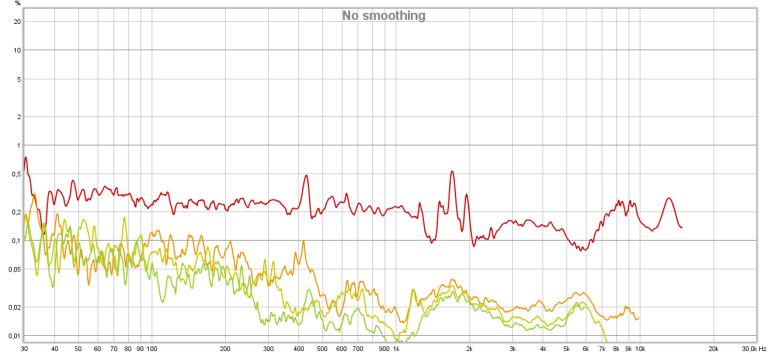phoenixsong
Addicted to Fun and Learning
- Joined
- Nov 17, 2018
- Messages
- 876
- Likes
- 685
The Z1R did not sound clean to my ears. Well, we can only wait for the measurements as proof or otherwise (although it will be useless to those who do not trust themI think these measurements are important for us to have so we have comparison points for quality and Amir is doing us a great service by doing his work.
However, I think attitudes on here can be on the extreme end of dogmatic to the point of sounding absurd at times. There are countless people commenting that they get equivalent or better sound quality listening to cheap AKG headphones. I don't see how this is possible. It reminds me of Tyll saying he liked the ATH-m40x over the Z1R - after that statement, it was more or less widely perceived as fact. In that case, I've heard both and I actually own the Sony's. There's no comparison between those headphones.
I see a similar thing happening here. People patting themselves on the back saying their $100 AKG headphones sound better than Focal Clears and simultaneously sighing a relief that they just crossed off the Ananda's from their wishlist and didn't waste their money. It's funny to see honestly. I have tried the Anandas, I don't own them. I own the Aryas, and they are relatively close but not quite. There is a presentation to the music that Amir hints to that is truly a special experience - one that you don't get with HD 650's, for example. Whether or not this quality is worth the asking price is up to consumers to decide. For me, the Arya is one of the most unique and exciting presentations of music I've ever heard and are worth it to me.
I think looking at graphs for most things reviewed on this site is pretty cut and dry.. amps, dacs, etc. But at least for headphones, I would really advise for people to listen to them in person before claiming to know what they sound like. These reviews are great references for headphones' hardware technicalities and also are great for hearing Amir's subjective takes on the qualities of particular headphones. With that said, I truly believe it is the latter which matters more for these products.
Also will just add: I can see Amir likes bass/subbass. Oh how I would really love to see some thoughts on the Sony Z1R's...
However, I do agree that people have different subjective preferences and are fully entitled to pursue that which they choose. Also, with many factors in play, headphone measurements may be slightly off as highlighted repetitively. That being said, I do not agree with those who claim objective measurements are mistaken simply because they do not match the overall subjective pleasure perceived upon personal listening
(From a purely subjective standpoint, what makes your subjective listening impressions more entitled than those who enjoy the sound from their AKG headphones more?)
Last edited:

